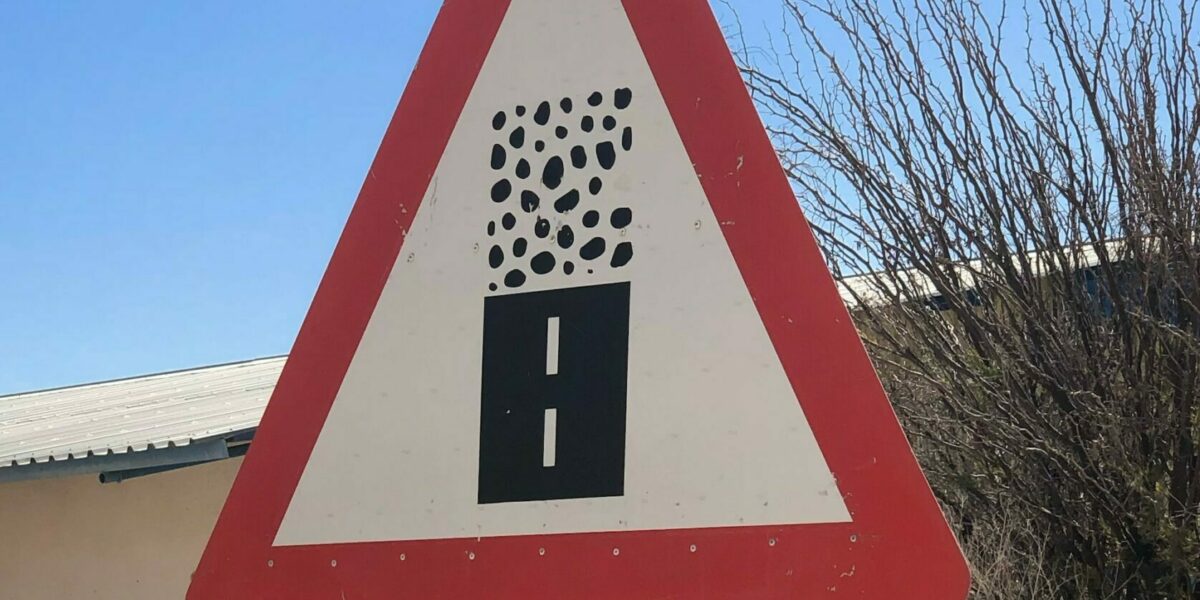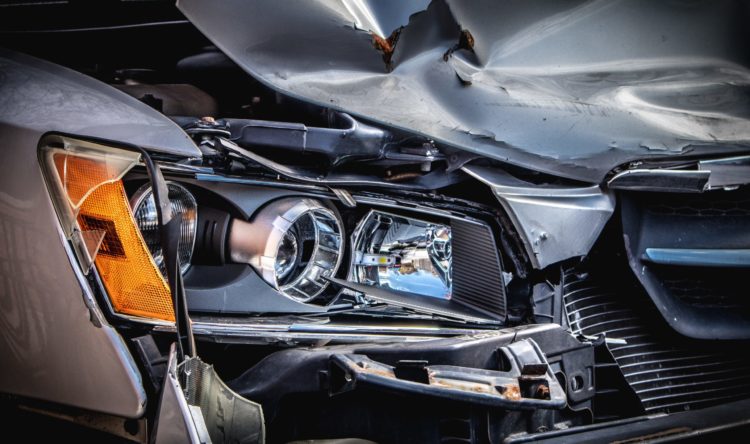Bumpy road ahead
The state of local roads divides opinions
Official data from the Department for Transport (DfT) by the AA shows reveals that a third of England’s local roads are in urgent need of repair.
These local ‘B’ and ‘C’ roads account for around 28% of all roads in England. Local ‘A’ roads and motorways account for around 9% of the Local Authority managed road network, carrying approximately one-third of all traffic
A colourful picture
In the year ending March 2022, 6% of ‘B’ and ‘C’ rods were categorised as red, while 28% were amber and two-thirds (66%) were green.
Red means that the road needs maintenance, amber suggests maintenance required soon and green equates to no further investigation or work is needed at this time.
Derbyshire Council has the worst B and C roads, with a quarter (24%) in need of repair.
In the year ending March 2022, 4% of local ‘A’ roads were categorised as red.
The majority of roads were categorised as green at 72%, followed by amber at 24%. These proportions remained the same as those seen in the year ending March 2021.
The percentage of local ‘A’ roads categorised as red has remained at 4% since the year ending March 2020.
Of the 109 local authorities providing data for the year ending March 2022, 46 reported 2% or fewer red ‘A’ roads. However, three local authorities reported greater than 10%.
When looking at the proportion of ‘A’ roads categorised as red over time: 79% of local authorities reported an improvement or no change in the proportion of ‘A’ roads categorised as red between the years ending March 2013 and 2022, where data was available for both time periods.
Cuts will mean more holes
Looking at shorter term trends, 60% of local authorities reported an improvement or no change in the proportion of red ‘A’ roads since the year ending March 2019.
Jack Cousens, head of roads policy for the AA, said: “Roads across the country are in an awful state and with winter just around the corner the plague of potholes will only spread.
“Local roads are at great risk of becoming dangerous and need significant investment to make them safe,” he says.
“Our local roads cannot take another round of cuts. The Prime Minister and Chancellor should avoid slashing local road investment later this month.”
Unclassified roads make up three fifths of roads maintained by councils. The proportion of the unclassified road network categorised as red has fluctuated between 15% and 18% since measurement started in March 2007, and currently stands at 15%.
A bumpy ride
The state of the nations potholed roads has been a major concern for specialists and the public alike for many years. Anecdotal evidence disputes the official line that road conditions are stable. However, the official stats still reveal that conditions are not improving. The mild winters as well as lower traffic volumes during and since the pandemic hint that the problems could get seriously worse over the coming winter months. Icy conditions, snowfalls and salting and gritting will all aggravate the problems that already exist.This will only be exacerbated by government funding cuts as resources are directed at priority areas.
RAC head of roads policy Nicholas Lyes says it “does not bode well”.
RAC research shows that the majority of drivers believe local road conditions have worsened in the past 12 months. Its Pothole Index suggests drivers are around 1.5 times more likely to suffer a pothole-related breakdown than they were in 2006.
“A lack of adequate funding for the nation’s local roads remains the biggest issue and drivers will be wincing if any further cuts to budgets are announced in the forthcoming Autumn Statement,” continued Lyes.
“Cutting pothole funds would be huge backward step, heaping yet more misery onto drivers and businesses who will need to fork out for costly repairs to vehicles, while also increasing the risk of roads becoming safety hazards for cyclists.”
On the level
Department for Transport figures show that there was a slight improvement in the number of local roads categorised as ‘green’ – where no further investigation or work is required – since the year ending March 2021, rising from 64 to 66%.
There was also a slight decrease in the proportion of amber roads – where maintenance may be required soon – from 29 to 28%. Red roads – which should ‘be considered for maintenance – remained at six per cent.






